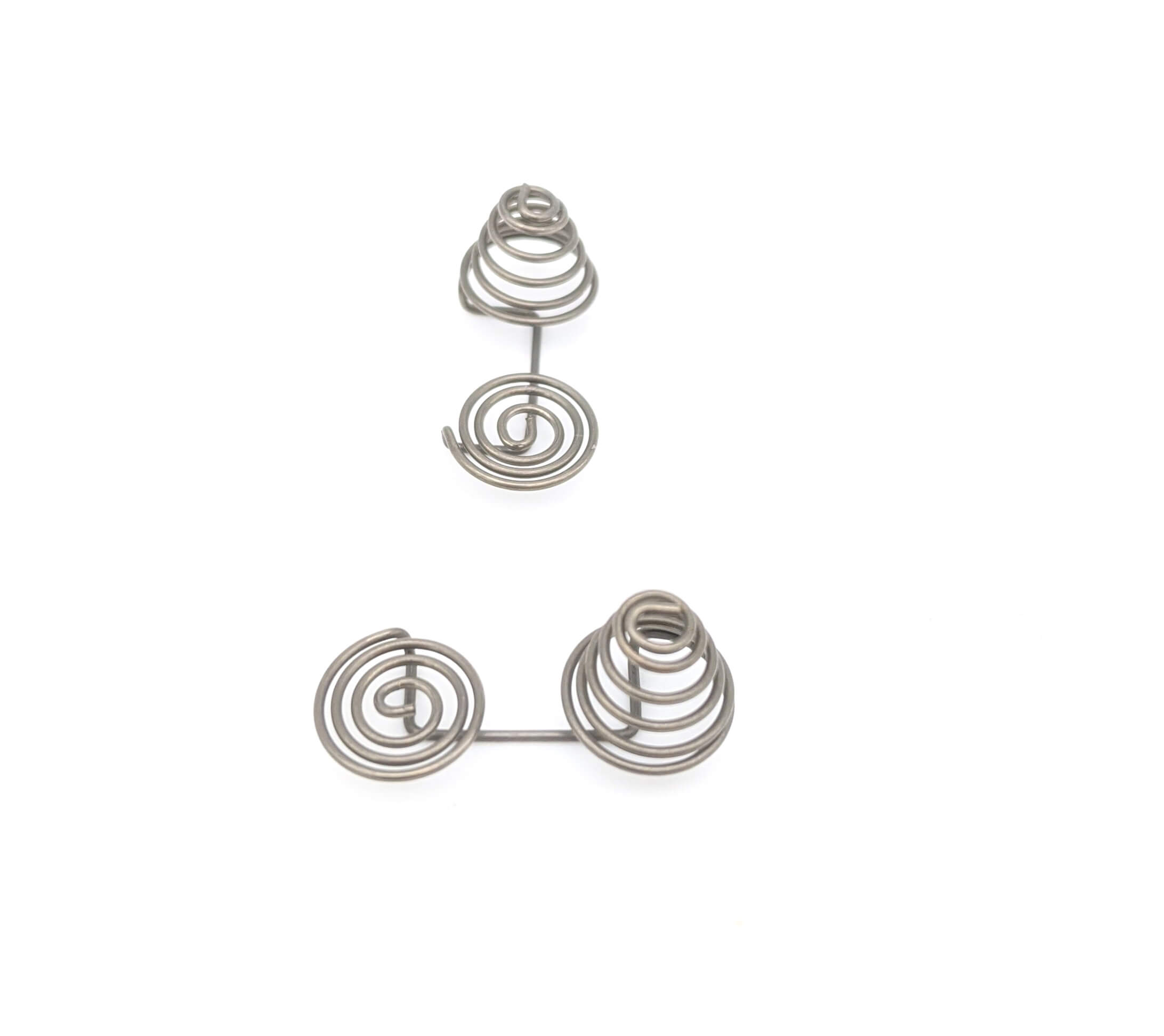Get unique, complex parts easily. No matter your requirements, Chaoyi Spring creates hard-to-produce coil springs and wire forms.
Let us help you create the custom wire form you need, from S-hooks and J-hooks to utility hooks and more.
We work closely with customers across a wide range of industries, helping them design and manufacture made-to-order parts.
Why choose Chaoyi Spring? We prioritize customer-focused collaboration, modern equipment and the latest technology to make your parts per print.
Find the information and guidance you need, from measuring a spring to learning about materials, placing an order and much more.
Torsion bar springs, with their unique design and versatility, have become an integral part of many engineering applications. They offer a compact and robust solution for storing and releasing energy,


Torsion bar springs, with their unique design and versatility, have become an integral part of many engineering applications. They offer a compact and robust solution for storing and releasing energy, making them ideal for a wide range of uses, from suspension systems in vehicles to precision mechanisms in machinery. This article will delve into the workings of torsion bar springs, exploring their advantages and disadvantages, various types, and common applications.

At their core, torsion bar springs are essentially long, cylindrical bars made of high-strength steel, designed to twist or rotate under load. This twisting action, rather than compression or extension like traditional coil springs, stores energy. The amount of force required to twist the bar is determined by its diameter, length, and material properties. Imagine a sturdy metal rod that can be twisted like a wrench – that's the fundamental principle of a torsion bar spring.
One of the key advantages of torsion bar springs lies in their inherent simplicity. They lack complex components and intricate assemblies found in coil springs. This simplicity contributes to their durability and reliability, making them suitable for demanding environments. Additionally, torsion bars generally offer a higher load capacity and longer service life than comparable coil springs.
While the basic principle remains the same, torsion bar springs come in different configurations to suit specific needs. Here are a few common types:
Torsion bar springs have found a wide range of applications across various industries. Their versatility and reliability have made them a preferred choice for:
Like any engineering component, torsion bar springs have their own set of advantages and disadvantages. Understanding these pros and cons is crucial for making informed decisions about their use.
When designing with torsion bar springs, several factors must be considered for optimal performance and longevity:
Torsion bar springs are a valuable tool in the engineer's toolbox. Their unique design and attributes offer significant advantages in various applications. Understanding their workings, strengths, and weaknesses is crucial for making informed design choices. From automotive suspension to precision machinery, torsion bar springs continue to play a vital role in ensuring safety, reliability, and efficiency in the world of engineering.
In conclusion, torsion bar springs offer a powerful and versatile solution for storing and releasing energy. Their unique design, simplicity, and high load capacity make them well-suited for a wide range of engineering applications. As technology advances, we can expect to see even more innovative uses for these robust and reliable springs in the future.
Browse some of the custom wire forms and springs that we manufacture. Don’t see what you need? We specialize in made-to-order products that meet your application requirements.
Visit Our GalleryNeed a custom wire form or coil spring? We make it work. Fill out the contact form and a representative will respond within 1 business day. If you have a PDF or CAD file, you can submit to request a quote.